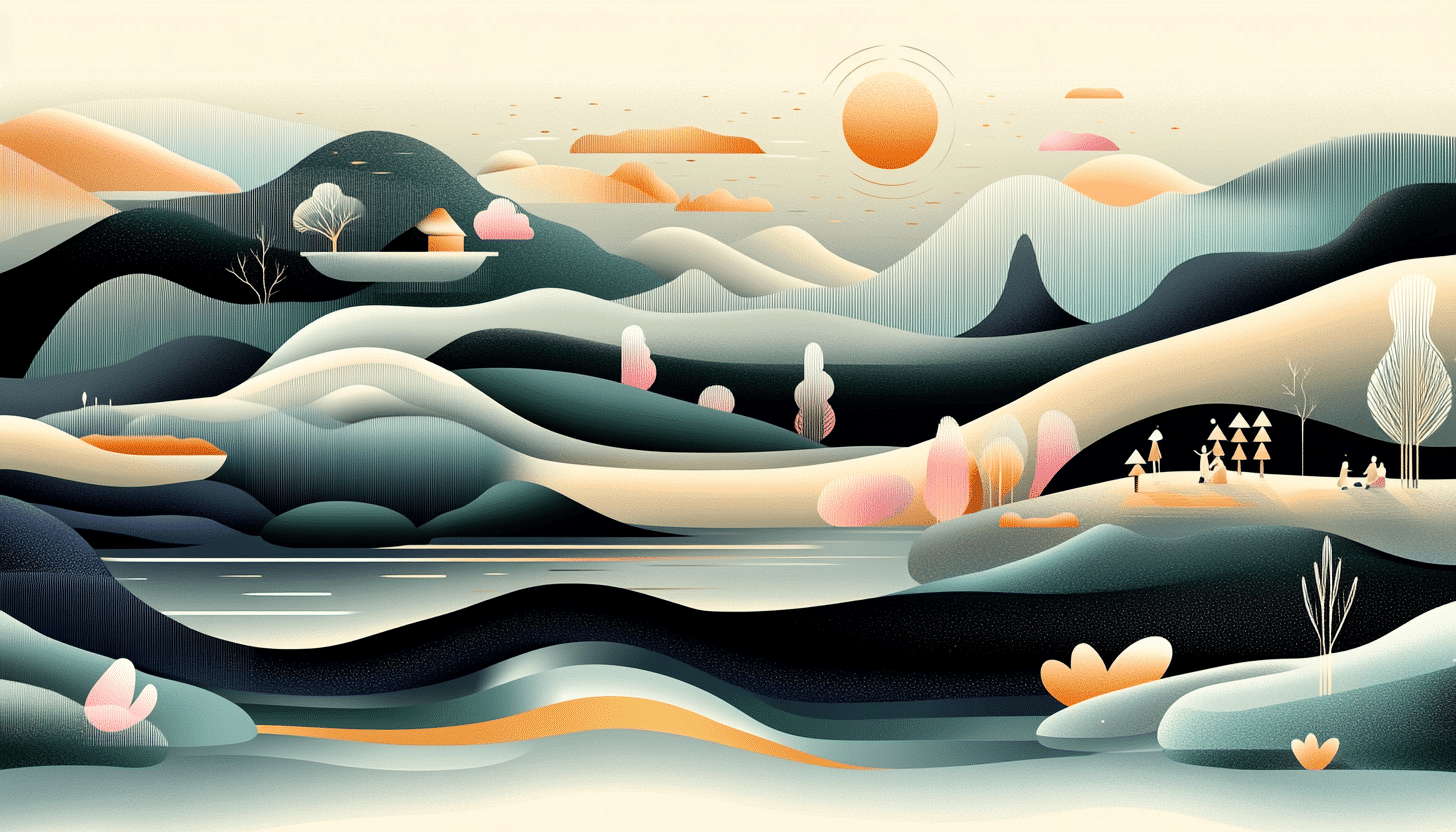What is Midsommar?
Midsommar is one of the most cherished celebrations in the Nordic countries, held every year around the summer solstice, typically between June 20 and 25. The festival is especially popular in Sweden (where it’s known as Midsommar), Finland (Juhannus), Denmark and Norway (Sankthansaften), and Iceland (Sumarsólstöður). Although each country has its own customs, the heart of Midsommar remains the same: light, nature, and coming together to celebrate the longest days of the year.
This day is all about enjoying the height of summer, when the sun barely sets in the north and the nights are at their shortest. People gather outdoors, decorate with flowers, eat seasonal foods, dance, sing, and light bonfires. In some areas, the festival blends Christian traditions with older pagan rites that honor fertility, the sun, and the power of nature.
History and Origin
Midsommar has its roots in ancient pre-Christian traditions. Long before it became a Christian feast day for John the Baptist, people in the Nordic region held rituals to mark the summer solstice. These were times to ask for good harvests, healthy livestock, and love. Nature was seen as powerful and sacred ; the sun at its highest point was a moment worth honoring.
In Sweden, the celebration was eventually tied to the Christian calendar and placed close to St. John’s Day. In Finland, Juhannus was once a pagan festival called Ukon juhla, named after the god of thunder. Bonfires were lit to drive away evil spirits and ensure a fertile growing season. Norway and Denmark adopted Sankthansaften, a Christian feast blended with folklore and fire rituals.
Even after Christianity became dominant, many of the old customs survived. Over time, these traditions became cultural rather than religious, and the midsummer festivals we know today were born. They’re a mix of ancient magic, seasonal joy, and national pride.
Who participates in Midsommar?
- Families: Midsommar is often a family celebration, with multiple generations gathering at country homes or by lakes to share food, stories, and traditions.
- Young adults: Especially in Sweden and Finland, young people mark this day with singing, drinking, dancing, and sometimes a midnight swim.
- Folk groups: Musicians, dancers, and costume enthusiasts keep old songs and dances alive during public events.
- City dwellers: Even in big cities, Midsommar is celebrated in parks and open spaces with music, flowers, and shared meals.
- Tourists and expats: Visitors are welcome at many public Midsommar festivals, especially in Sweden, where the celebration is known for its hospitality.
Slogans and Themes
Midsommar is a celebration of light, nature, love, and togetherness. It’s often described as the “most Swedish day of the year,” but the feeling crosses borders. Common themes include reconnecting with nature, honoring tradition, and celebrating life at its fullest. Phrases like “dance in the light,” “gather while the sun shines,” and “summer belongs to us” are popular. The day mixes nostalgia and joy, rooted in both folk memory and the thrill of endless daylight.
Colors, Symbols and Patterns
Colors
- White: Symbolizes purity, light, and the endless days of summer.
- Blue: Often paired with white in Swedish flags and decorations, representing the sky and lakes.
- Green: Associated with nature, growth, and the plants used to decorate maypoles and homes.
Symbols
- Flower crowns: Worn especially in Sweden and Finland, they represent nature’s abundance and are often handmade on the day itself.
- Maypole (majstång): Central to Swedish celebrations, the decorated pole is danced around in traditional formations.
- Bonfires: In Finland, Norway and Denmark, fire is the dominant element, symbolizing cleansing and protection.
Patterns
- Folk embroidery: Traditional Nordic garments often feature regional embroidered patterns.
- Wreaths and garlands: Circular plant motifs are found in decorations, worn or hung up to invite good fortune.
- Sun rays and spiral motifs: Older solstice rituals often included sun patterns, representing energy and the turning of the year.
Most used hashtags
- #midsommar
- #juhannus
- #sankthansaften
- #nordicsummer
- #midnightsun
How do you celebrate Midsommar?
- Make a flower crown: Pick wildflowers or buy fresh blooms and weave your own midsummer crown to wear all day.
- Dance around the maypole: In Sweden, join in traditional group dances ; it’s cheerful, silly, and fun for all ages.
- Light a bonfire: In Finland, Norway, and Denmark, a big fire is the centerpiece of the night. Sing, share stories, and stay warm even as the sun lingers.
- Eat seasonal food: Enjoy herring, new potatoes, salmon, strawberries, and cream. In Finland, grilled sausage and beer are also staples.
- Stay up late: The light lasts almost all night, especially in the north. Walk, talk, swim, or just enjoy the magic of nearly endless twilight.
Why is Midsommar important?
Midsommar is important because it connects people to nature, tradition, and each other. In a world that moves fast, this day slows things down. It’s about being present, soaking up the light, and remembering where we come from. The rituals, the meals, the flowers ; they’re simple things that bring deep joy.
In the Nordic countries, where winters are long and dark, this celebration of sunlight feels even more powerful. It’s a way to mark the year’s turning point and to celebrate life’s good moments while they last. Midsommar brings generations together, keeps culture alive, and reminds people of the beauty of light, community, and the seasons.
Features
June 20-25: Midsommar in Nordic Countries
Why do you keep falling for the same type?
Read the article Lovemaps: the hidden blueprint of our love.

